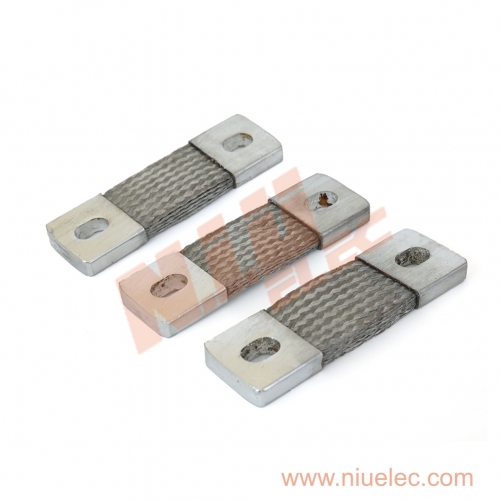The Ultimate Guide to Selecting Wire Braid for Industrial Use
Electrical systems in industrial settings demand robust and reliable connections. Wire braids, particularly braided cable and braided copper wire, play a crucial role in ensuring efficient power transmission and distribution. These flexible conductors offer unique advantages in terms of conductivity, durability, and ease of installation. As the demand for high-performance electrical components grows, understanding the intricacies of wire braids becomes essential for engineers, contractors, and facility managers. This comprehensive guide explores the key factors to consider when selecting and implementing wire braids in industrial applications, with a focus on transformer connections and power systems.
Table of contents:
Key Factors to Consider When Choosing Cable Braids for Transformers
Evaluating the Conductivity of Different Braided Wire Materials
Best Practices for Installing Flexible Braided Cable in Power Systems
Maintaining and Extending the Lifespan of Wire Braid Connections
Key Factors to Consider When Choosing Cable Braids for Transformers
When selecting braided cable for transformer connections, several critical factors come into play. The current-carrying capacity is paramount, as it directly impacts the efficiency of power transmission. Braided copper wire, known for its excellent conductivity, is often the material of choice for high-current applications. The cross-sectional area of the braid must be carefully calculated to ensure it can handle the expected load without overheating. Additionally, the flexibility of the braided cable is crucial for accommodating movement and vibration in transformer installations. This flexibility also facilitates easier routing in tight spaces, making braided copper wire an ideal solution for complex electrical layouts.

Evaluating the Conductivity of Different Braided Wire Materials
Conductivity is a key performance metric for braided cable used in industrial settings. While braided copper wire is renowned for its superior conductivity, other materials may be considered for specific applications. Aluminum braids, for instance, offer a lightweight alternative but with lower conductivity compared to copper. The choice between materials often involves a balance between performance, cost, and weight considerations. When evaluating braided cable options, it's essential to consider the specific conductivity requirements of the application. For high-current transformer connections, braided copper wire typically outperforms other materials due to its exceptional electrical properties and ability to maintain low resistance over time.
Best Practices for Installing Flexible Braided Cable in Power Systems
Proper installation of braided cable is crucial for ensuring optimal performance and longevity in power systems. When working with braided copper wire, it's important to use appropriate termination methods that maintain the integrity of the braid structure. Crimping or soldering techniques should be carefully selected to avoid damaging the individual strands. Additionally, the routing of braided cable should allow for sufficient slack to accommodate thermal expansion and contraction. This is particularly important in transformer applications where temperature fluctuations are common. Proper support and strain relief for braided copper wire connections help prevent fatigue and ensure reliable long-term performance.
Maintaining and Extending the Lifespan of Wire Braid Connections
Regular maintenance is key to maximizing the lifespan and performance of braided cable installations. Periodic inspections should be conducted to check for signs of wear, corrosion, or loosening of connections. In environments with high humidity or corrosive atmospheres, additional protective measures may be necessary for braided copper wire. This can include the application of protective coatings or the use of enclosures to shield the braided cable from environmental factors. Proper torque maintenance on bolted connections is also crucial, as loose connections can lead to increased resistance and localized heating. By implementing a proactive maintenance strategy, the reliability and efficiency of braided cable systems can be significantly enhanced.
The selection and implementation of wire braids in industrial electrical systems require careful consideration of various factors. From choosing the right braided cable material to ensuring proper installation and maintenance, each step plays a vital role in the overall performance of the electrical system. Braided copper wire continues to be a popular choice for high-current applications due to its excellent conductivity and flexibility. As technology advances, the importance of high-quality electrical connections becomes ever more critical. By following best practices in selection, installation, and maintenance of braided cable, industries can ensure reliable power distribution and efficient operation of their electrical systems for years to come.